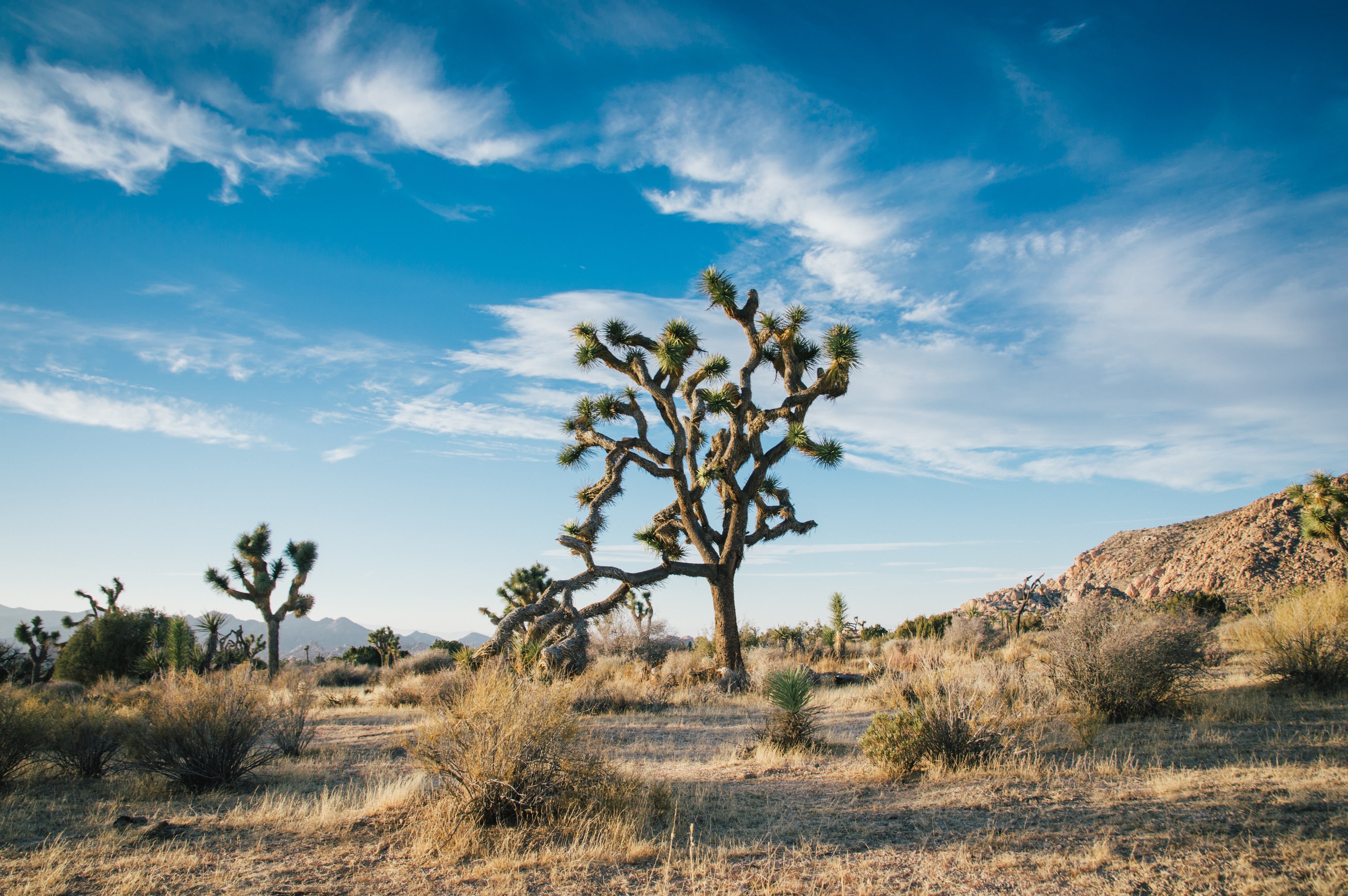
One thing that’s become epically clear: The government shutdown will have a lasting impact on history. Not only did thousands of people go without pay, being advised to take out loans or drive Uber until it was over, but the places and things those people cared for went neglected, including our National Parks. One of the most notably affected was Joshua Tree National Park, which sustained damages so extensive that former park superintendent Curt Sauer thinks it may not recover for 300 years.
It takes a special kind of person to not only appreciate the importance and beauty of our National Parks, but also to act appropriately while visiting so as not to upset the often fragile ecosystem (and often hundreds of years old flora and fauna that live in them). Apparently, those were not the kinds of people who visited the park during the shutdown, as there are reports of trees either cut down or driven over, gates and posts destroyed, and people driving off-road. Additionally, the garbage left around the park has the potential to upset the local ecosystem, causing unknown harm to the plants, animals, and insects who call the park home. John Lauretig, former park ranger and current organizer of Friends of Joshua Tree, a nonprofit, explained that the trees are so big and grow so slowly that it can take hundreds of years for a tree to mature.
“We say they grow an inch a year,” Lauretig said. “And in a wet year it might grow five inches or a foot but in a dry year it might not grow at all.”
A 100-person volunteer crew showed up to fix the manmade structures in the park, which is a step in the right direction, but as for Mother Nature’s artwork, it remains to be seen how long recovery will take. Expect it to stretch beyond our lifetimes.
